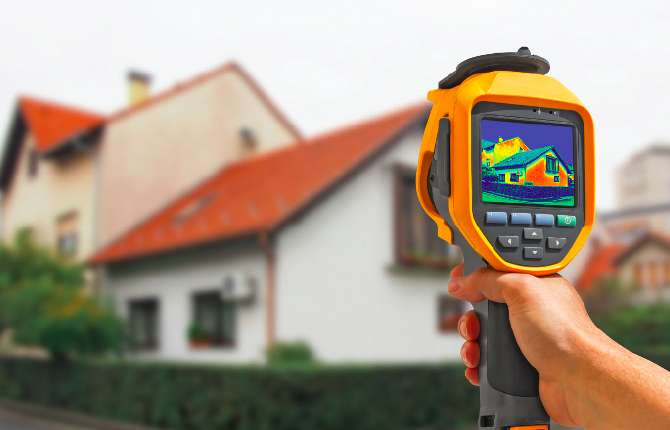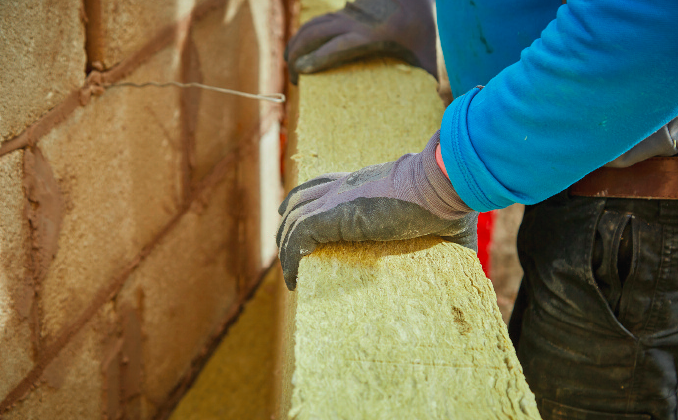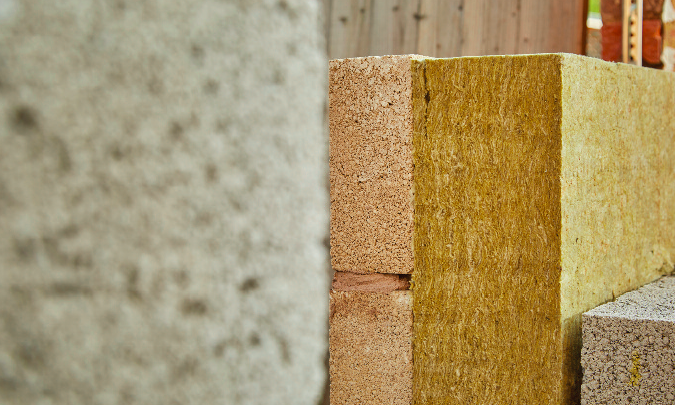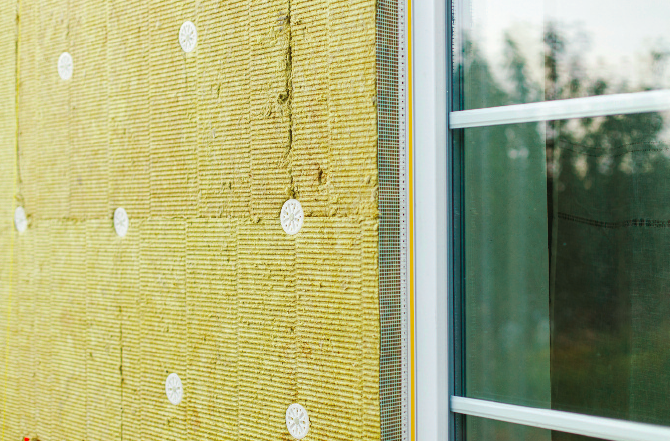
Lisa Stephens, Product Manager at ROCKWOOL® UK, explores why future-ready homes demand insulation solutions that deliver more than just thermal metrics.
 Designing insulation into the building envelope – walls, floors and roof – is an effective way to help improve the overall energy performance of a new home, but this is dependent on the quality of installation. While the insulation specification might indicate the expected energy performance, the ‘as-built’ result may differ – creating what’s often referred to as the performance gap.
Designing insulation into the building envelope – walls, floors and roof – is an effective way to help improve the overall energy performance of a new home, but this is dependent on the quality of installation. While the insulation specification might indicate the expected energy performance, the ‘as-built’ result may differ – creating what’s often referred to as the performance gap.
Instances of poor detailing – such as gaps forming between insulation, lack of insulation and continuity at junctions, poor installation in lofts, debris and mortar snots in cavity walls, and incorrect positioning of windows and doors – all have an impact.
While a small gap might seem insignificant, evidence suggests that even air gaps as small as 6mm can significantly increase heat transfer and reduce overall thermal performance.
Changes to Approved Document L 2021 (England) aimed to close this ‘performance gap’ by requiring developers to provide photographic evidence at key stages of construction. This evidence should show that insulation has been installed continuously and without gaps, before these elements are concealed.
Ensuring an accurate and quality fit plays an important role in achieving this continuous insulation layer, but material choice also makes a difference when closing the performance gap.
Achieving a precise fit and as-designed performance depends on the type of insulation used and selecting a product solely on its thermal conductivity overlooks this critical consideration.
Opting for pliable insulation can help achieve a tight, continuous fit efficiency, as it can be friction-fitted without extensive and precise cutting. More flexible insulation also allows for easier installation at the abutments between insulation boards.
To investigate the performance of stone wool insulation, ROCKWOOL conducted a study with the University of Salford Thermal Measurement Laboratory. The aim was to understand what happens physically when two pieces of ROCKWOOL insulation join.
Based on independently measured data from the University, ROCKWOOL concluded that when its stone wool slabs are tightly joined, the edges knit together. This provides a continuous insulating layer of trapped pockets of air, with no gaps and no associated loss of thermal performance.
Stone wool also maintains its shape and density over time – an important factor, since some insulation types can lose thermal performance due to loss of dimensional stability.
In tests on materials from real-life installations, it was found that stone wool can retain its insulating properties for more than 65 years without a drop in thermal performance.
With build programmes under pressure, there is a need for insulation systems that are straightforward to install and deliver consistent results.
For more information on closing the performance gap, read the ROCKWOOL Technical Bulletin










